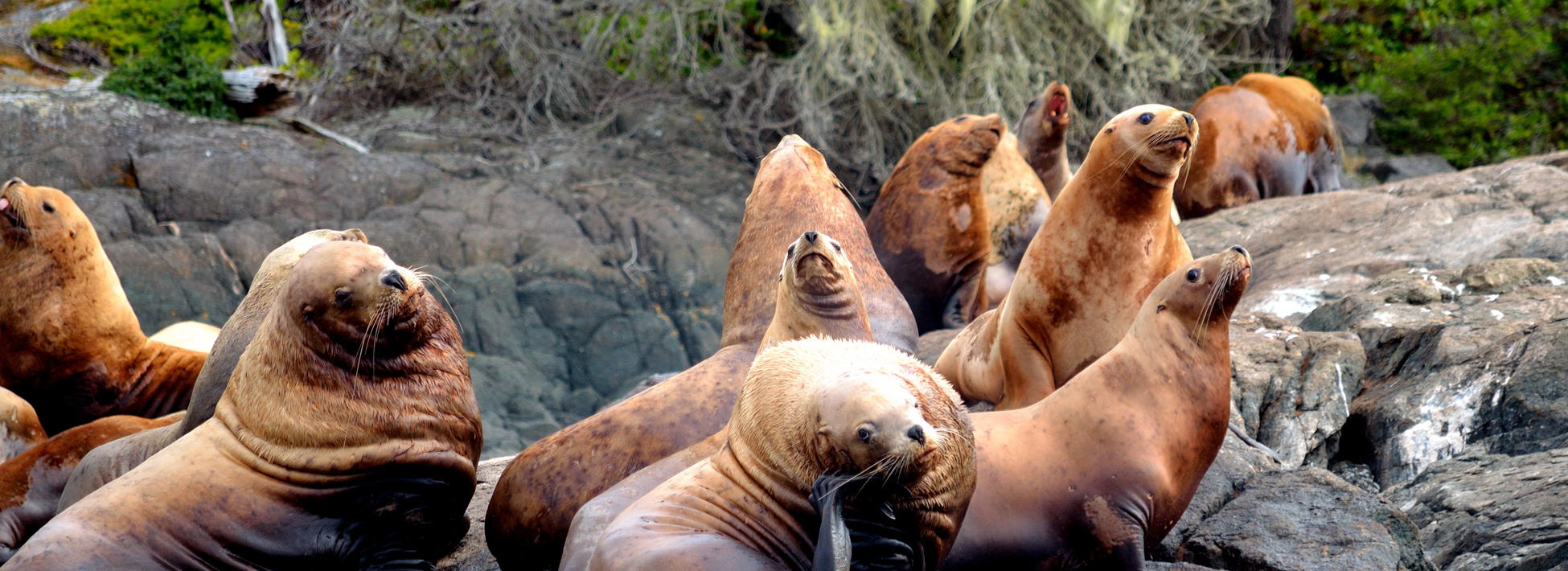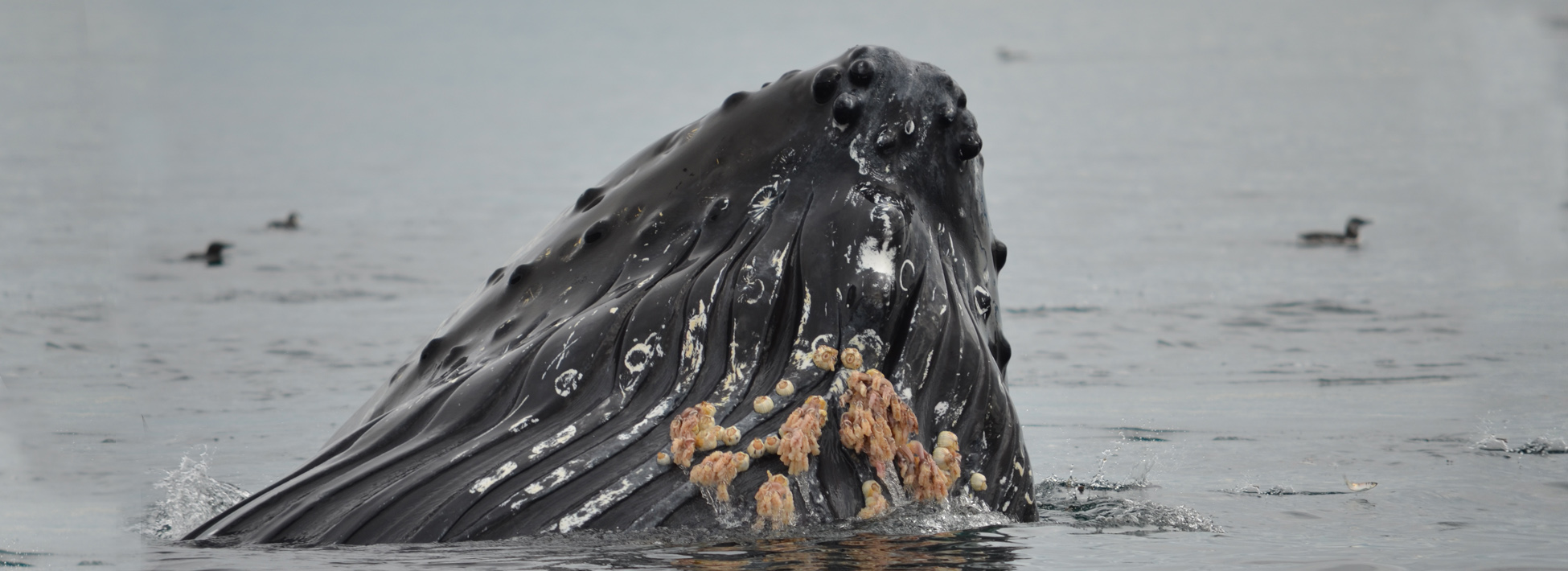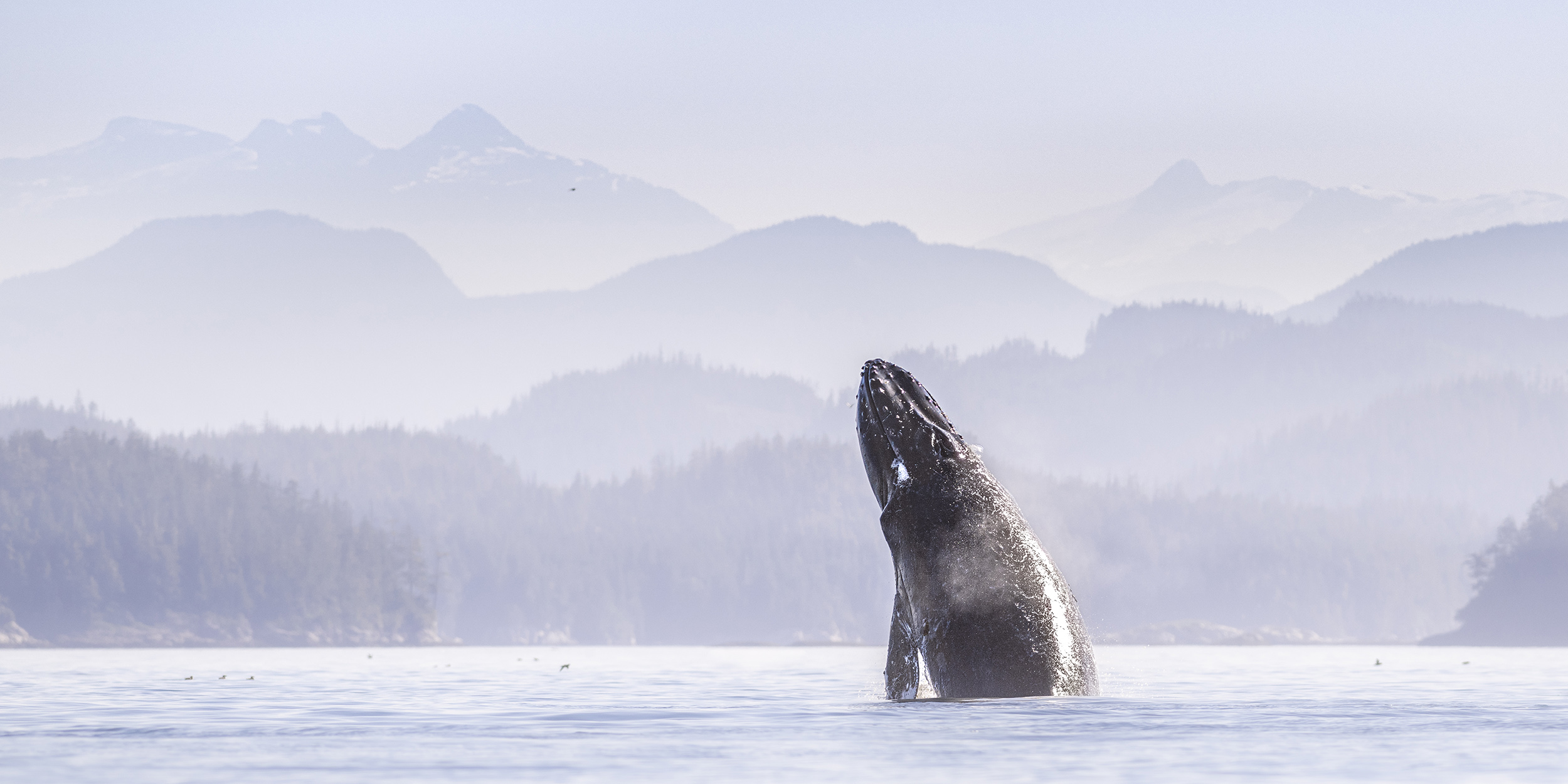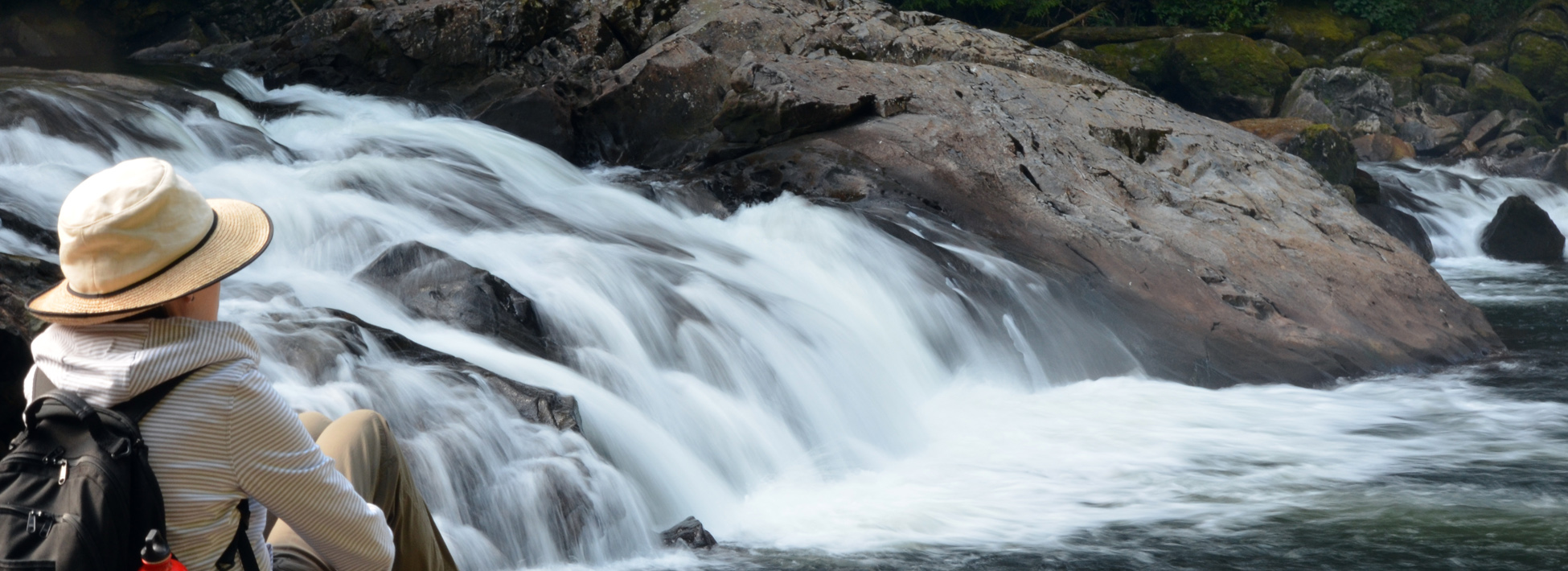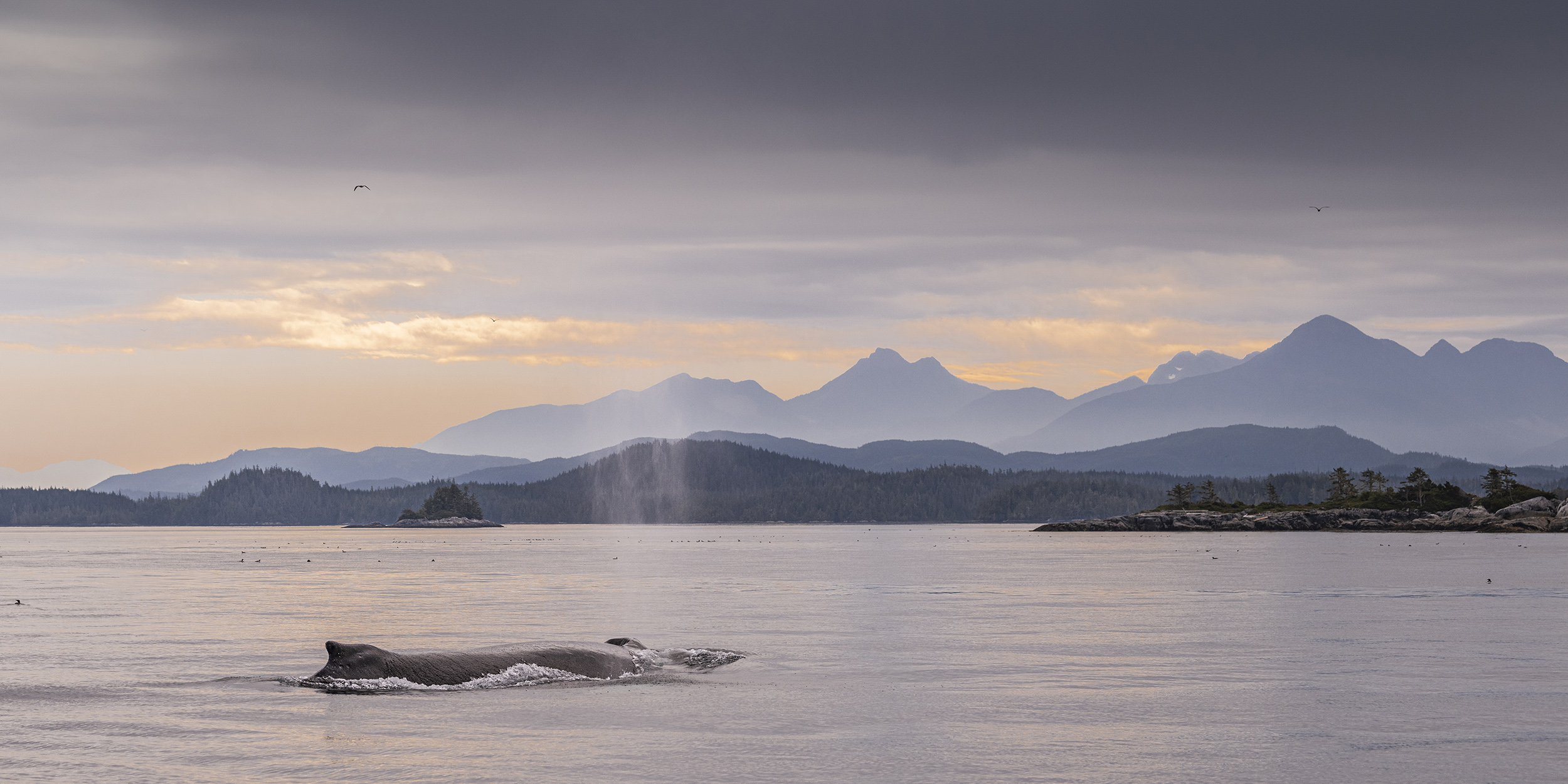Yes this is a turkey vulture and it is a little out of place. They breed regularly on eastern and western Vancouver Island, the Gulf Islands and the southwestern mainland coast. In September and early October, large numbers congregate on southern Vancouver Island; kettles of several hundred vultures can be seen at Sooke, Beechey Head and Rocky Point. It is possible that the entire coastal population stages there before flying southward across the Strait of Juan de Fuca. This photo was taken on
August 25, 2015 so this bird should be heading to southern Vancouver Island about 400 kilometers (250 miles) distance. Instead it is sunning itself near the grizzly bear viewing platform we use on Knight Inlet’s Glendale River.
Bald Eagles

Bald Eagles are frequently sighted in our area. At times they can be seen in large numbers. This is usually where food supplies are high. For example this could be in areas with high concentrations of baitfish or along the rivers in the fall when the salmon are spawning. They are not migratory, but do move around with the food supply. As mentioned earlier when the salmon are spawning we often see many along the rivers, while there will be fewer along the coastline. With little need for camouflage their white head and tail feathers can be spotted easily. The female is slightly larger and her white head extends down a bit farther onto the body, but it is subtle. It takes these birds 4.5 – 5 years to acquire this unique plumage. As juveniles they are a brown colour. With exceptional eyesight and the ability to view 270 degrees they are understandably often seen in high perches and in trees near points and passageways.
Visit our Blog